#Powertrains
Explore tagged Tumblr posts
Text
https://autoevtimes.com/plug-in-hybrid-electric-vehicles-phev-market-size-to-reach-usd-353-04-billion-by-2034/
#Plug-in Hybrid Electric Vehicles#mobility#automakers#batterytechnology#smarthybrid#powertrains#fastcharging#energymanagement#electricvehiclesnews#evtimes#autoevtimes#evbusines
0 notes
Text
Autonomous Agricultural and Construction Vehicles
September 12, 2024
by dorleco
with no comment
Autonomous Vehicle Technology
Edit
Introduction
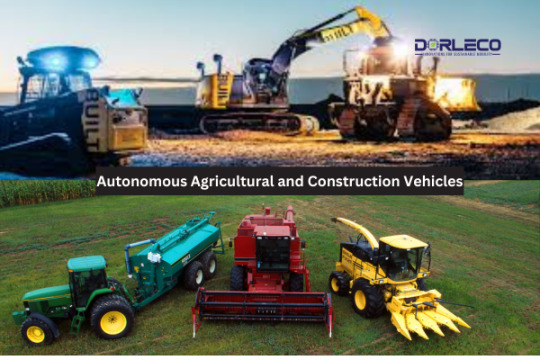
A significant technology advancement in farming and construction is represented by autonomous agricultural and construction vehicles. The advanced sensors, GPS, and artificial intelligence systems in these cars enable them to operate mostly without the assistance of a human. This article provides an overview of these innovative tools, outlining their key features, benefits, and possible drawbacks for autonomous construction and agriculture vehicles.
Important Characteristics of Autonomous Agricultural and Construction Vehicles
1. Technology of Perception and Sensors:
Technology of Perception and Sensors: Equipped with a range of sensors, such as GPS, LiDAR, radar, and cameras, autonomous vehicles can perceive their environment. These sensors help with navigation and decision-making by providing the vehicle with up-to-date environmental data.
2. Artificial Intelligence (AI):
AI systems determine how to move the vehicle, complete tasks, and avoid obstacles by analyzing sensor data. Computer vision and machine learning are often used to improve the vehicle’s decision-making capabilities over time.
3. GPS and Mapping:

High-precision GPS equipment is necessary for accurate navigation. Vehicles are often equipped with pre-programmed digital maps of the work area, which allows them to follow preset routes and perform tasks with amazing precision.
Remote Control and Monitoring: Many self-driving cars have capabilities that enable their owners to oversee and control activities from a distance. This feature allows for real-time, on-the-fly adjustments while also enhancing safety.
4. Interoperability:
In an agricultural environment, autonomous cars can communicate with other farming machinery and management systems to facilitate coordinated tasks like irrigation, planting, and harvesting.
5. Features for Safety:
When designing autonomous vehicles, safety is given first consideration. To avoid crashes, they typically have collision avoidance and emergency stop systems.
The Benefits of Autonomous Agricultural and Construction Vehicles
The numerous advantages that autonomous vehicles offer will be extremely beneficial to the building and farming sectors. The following are some of the main benefits:
1. Increased Productivity:
Autonomous vehicles can work continuously, which allows them to do duties faster and more effectively. This is especially helpful in agriculture since crop output is determined by timely tasks like planting and harvesting.
2. Precision and Consistency:
These vehicles operate with a high degree of precision, adhering to predetermined itineraries and performing tasks consistently. This precision can lead to improved building quality, increased crop output, and more effective resource usage.
3. Savings:
Over time, labor expenses may be reduced as autonomous automobiles may require fewer human operators. Because they operate more efficiently, they consume less fuel and resources.
4. Operational Efficiency:
Autonomous vehicles possess the ability to rapidly adjust their trajectory and optimize their routes by utilizing data from sensors and AI systems. Because of its flexibility, resources are used more wisely and with less waste.
5. Safety:
In the construction sector, autonomous vehicles can do risky tasks like demolition and excavation without putting human operators in danger. They can help avoid agricultural field accidents and lessen the physical strain on workers.
6. 24/7 Operation:
Autonomous cars can run continuously because they do not require breaks or a place to sleep. The most crucial periods of the agricultural cycle are when this is most helpful.
7. Decreased Environmental Impact:
Autonomous agricultural vehicles can improve sustainability and decrease their adverse effects on the environment by making better use of resources like water and fertilizers. Reducing waste in construction can be achieved through resource optimization.
8. Data Collection and Analysis:

These vehicles are capable of collecting a wide range of data about the environment, farming conditions, and construction sites. This data can be assessed to enhance operations, long-term planning, and decision-making.
Autonomous Agricultural and Construction Vehicles’ Drawbacks
Autonomous Agricultural and Construction Vehicles provide numerous advantages, but several disadvantages and challenges need to be considered before implementing this technology. The following are some of the main drawbacks:
1. High Initial Costs:
The purchase and integration of autonomous vehicles and associated technology may be expensive, which could prevent their general adoption, especially in small and medium-sized businesses.
2. Maintenance and Repairs:
In addition to regular maintenance, autonomous automobiles occasionally require expert workers for repairs due to their complex machinery. The cost of maintenance may be higher than for traditional vehicles or equipment.
3. Liability and Legal Issues:
It may be difficult to assign blame for mishaps or errors involving self-driving cars, which calls for changes to the current legal systems. Navigating the legal and regulatory landscape may be challenging.
4. Data security:
Autonomous vehicles collect and transmit a great deal of data, including environmental and mapping data. Protecting the security and privacy of this data is crucial to preventing misuse, hacking, and theft.
5. Job displacement:
The usage of autonomous cars may lead to job displacement in sectors of the economy where labor has historically been required. Managing the social and economic ramifications of this move will be challenging.
6. Technological Limitations:
Due to its reliance on a multitude of sensors and electronics, autonomous vehicles may have difficulties when driving in poor weather, low-light conditions, or uneven terrain. Technology limitations could make them less effective.
7. Human Oversight and Intervention:

If autonomous vehicles still require human oversight to handle challenging or unforeseen situations, their capacity to operate entirely on their own may be constrained.
8. Adaptation and Training:
Employees and operators may need to finish training to operate, monitor, and maintain autonomous vehicles. Adapting to this new technology could take some time and work.
Conclusion:
To sum up, Autonomous Agricultural and Construction Vehicles are a revolutionary development for the agriculture and construction industries. Numerous advantages are provided by these vehicles, such as improved safety, cost savings, precision, and productivity. They have the power to completely change how we approach these industries’ tasks, making them safer, more sustainable, and more efficient.
Their adoption is not without difficulties, though. Factors such as high upfront expenditures, complicated regulations, upkeep needs, and possible employment displacement need to be carefully examined. These difficulties highlight the necessity of implementing strategies with a strategic mindset and putting long-term planning first.
It is impossible to ignore the benefits of autonomous vehicles despite these difficulties. Autonomous construction and agricultural vehicles are expected to be increasingly widely used as regulations catch up with technological advancements. The secret will be to properly manage potential risks and strike a balance between benefits and drawbacks.
Autonomous Agricultural and Construction Vehicles have the potential to significantly increase efficiency, safety, and sustainability in the coming years as technology advances and becomes more widely available. This will eventually benefit businesses and society at large. It offers a promising route to a more resource-efficient future where we maintain the competitiveness and environmental responsibility of our building and agriculture sectors.
#Hybridvehicle#autonomousvehicle#Powertrains#Vehiclecontrolunit#VCU#EVSoftwareservices#CANKeypads#CANDisplays
0 notes
Text
Revolution on Wheels: 2024 Hyundai Ioniq 6 and Kia EV9 Review
The streamlined design considering aerodynamic coefficient, aesthetic beauty, and functional efficiency. New Standards for SUV EV Design in the New Mobility Era The future of driving has arrived, and it’s wearing a German badge with Korean flair. In 2024, Hyundai and Kia have teamed up to unleash a dynamic duo of electric vehicles, the Hyundai Ioniq 6 and the Kia EV9, onto the world stage.…

View On WordPress
#carbon footprint#german badge#infotainment system#instant torque#ionic6#kia ev9#korean flair#powertrains
0 notes
Text

Max says he wants checo for the escape room, so they can just be confused, together, is so cute, they are literally couple goals 🫶
not my video or tweet
#f1#formula 1#formula one#max verstappen#red bull f1#red bull honda#red bull racing#red bull team#red bull powertrains#checo perez#redbull racing#red bull formula 1#sergio perez#sergio checo pérez#sergio pérez#chestappen#perstappen#singapore grand prix#singapore gp#singapore gp 2024#singapore grand prix 2024
502 notes
·
View notes
Text
Damn Max, no holding back
Max on George during the meeting with the stewards:"I've been in the meeting room many times in my career, I've never seen someone trying to screw someone over that hard, and then I lost all the respect
#f1#formula 1#formula one#red bull racing#red bull#max verstappen#redbull racing#red bull f1#red bull honda#red bull team#redbull honda#redbull f1#red bull formula 1#red bull formula one#red bull powertrains#george russell
145 notes
·
View notes
Text
I need everyone upset about Liam's promotion to understand that it had nothing to do with him being better/worse than Yuki. Yuki outperformed him. Yuki deserved the chance. BUT Yuki is not a Redbull driver. He is a Honda driver. He has no loyalty to Redbull and that is why he did not get a chance next to Max. It's not that he didn't deserve it. It's pure business.
Redbull are ending their relationship with Honda. They are creating their own engines. It's likely seen as a big liability to Redbull to have Yuki actively involved in any tests or even near anything involving the 2026 engine.
This is not an attack on Yuki or his character or anything like that, so please do not take it that way. But, Yuki's loyalty to a different engine manufacturer is a major risk to any new manufacturer like the Ford/Redbull powertrain. You just never know. I'm not saying he doesn't deserve a good drive, but Yuki's loyalty will forever be to Honda (as it should) and that poses a lot of risks for Redbull.
Once again, I am not commenting on Yuki's character or making assumptions about him when I say this, but there are a lot of big concerns if he gets promoted. He could ditch them for Aston immediately because Honda asks, he could share information about the new engine to Honda, or he could give questionable feedback that negatively impacts the new powertrain. Maybe he wouldn't do these things. But if there's even the most miniscule potential that he could, it would make any team hesitant. F1 is rampant with cheating allegations and questionable tactics to win. The teams will want to protect themselves in any eventuality. And that is what's working against Yuki so greatly.
Yuki has proven to be a very competent driver over the past year, but let's not forget that he nearly lost his seat in 2023 and the rumored reason he stayed is due to Honda. He owes his career to Honda, not Redbull. And at the end of the day, that's his main flaw within this team. It's not his driving. It's not his temper. It's not anything else. It's purely who he is aligned to poltically in the racing world. Is that fair? No. Is that how racing works? Unfortunately, yes.
#i totally understand ths frustration with this#but everyone trying to make it about his race or his temper or whatever I just don't think is true#his temper was an issue last year but he's matured a lot (at least publically) compared to the beginning of the year#i commend his efforts there#i think it'll go a long way to securing him more drives in the future#any other team will not be as vulnerable as redbull when it comes to powertrain connections until Cadillac comes in#every other team is established so there won't be issues there#i genuinely think the honda connection is really the only true thing that goes against him here#even marko admitted to shareholders being involved in this situation with regard to Checo and filling the seat#Ford was probably greatly upset at the prospect of another engine manufacturer's driver giving feedback on their engine#this has turned into a bit of an unintelligible ramble#but my point is that yuki is a good driver who deserves a good drive#and he will get one#but he does not fit in the grand scheme of things for redbull#liam is more or less dispensable to redbull#he wasn't in the running for an F1 seat until he had to be a super sub and didn't suck#the hype got him into F1#and redbull are going to use thag while developing others like Hadjar and Lindblad#f1#formula 1#formula one#rbr#yuki tsunoda#red bull racing
133 notes
·
View notes
Text
Fe making a wonderfully fe-ish return
31 notes
·
View notes
Text
#1 🇳🇱 Max Verstappen (Oracle Red Bull Racing) (Red Bull Racing RB20), race, 2024 Las Vegas Grand Prix

#f1#formula 1#red bull f1#red bull racing#oracle red bull racing#max verstappen#33 max verstappen#mv33#mv33 rb#red bull#red bull powertrains#las vegas gp 2024#racing#car racing#tumblr fyp#fypツ#fypシ#fypage#fyp
21 notes
·
View notes
Text
Autonomous Aerial Vehicles (Drones)
September 11, 2024
by dorleco
with no comment
Others
Edit
Introduction

Autonomous aerial vehicles, or drones, have become more and more popular in recent years because of their versatility and range of applications. These unmanned aircraft are being used for a variety of commercial and civilian purposes, replacing their military function. This introduction will discuss the key characteristics of AAVs, including their types, parts, applications, and some of the challenges they provide.
1. Various AAV varieties
There are many different types of autonomous aerial vehicles, each designed for certain scenarios and goals. The most prevalent classifications are:
Multirotor Drones: These drones stand out for their agility, controllability, and stability. They frequently have four or more rotors. They are often used for aerial photography, surveillance, and short-distance delivery.
Fixed-Wing Drones: Drones with fixed wings and propellers are known as fixed-wing drones, and they resemble traditional airplanes. Because they work better over long distances, they are often used for tasks like mapping, farming, and aerial surveying.
Hybrid Drones: Combining elements of fixed-wing and multirotor designs, hybrid drones offer flexibility for a range of applications. They can take off and land vertically like multi-rotors and fly ahead effectively like fixed-wing aircraft.
Single-rotor and coaxial helicopters: These drones are less common, but they are excellent at a range of specialized tasks, such as aerial filming and heavy lifting.
2. Essential Components:
The components of autonomous aerial vehicles are as follows:
Propulsion System: The motors, rotors, or engines that provide the drone with lift and forward motion make up its propulsion system. An onboard computer called the flight controller sets the speed of each motor or rotor to stabilize and manage the drone’s flight.
GPS receiver: helps with independent navigation and provides position data.
Sensors: A range of sensors, such as gyroscopes, accelerometers, barometers, and obstacle avoidance sensors, are installed on drones to guarantee steady flight and collision avoidance.

Communication System: Using radio waves, drones are remotely operated and often communicate with other drones or ground stations to coordinate missions.
Power Source: The majority of drones run on rechargeable lithium-polymer or lithium-ion batteries.
3. Application
There are several applications for autonomous aerial vehicles across multiple industries, such as:
Photography and Videography: Examples of photography and videography include aerial photography and cinematography for motion pictures, real estate, and events.
Agriculture: agriculture, including crop monitoring, pesticide application, and precision farming. Search and rescue: Aiding in the search for those who have gone missing and offering catastrophe relief.
Inspection of Infrastructure: Examination of the infrastructure, encompassing power lines, pipelines, and bridges.
Environmental monitoring: Monitoring the environment involves keeping a watch on animals, climate change, and deforestation.
Package Delivery: Drone delivery is a potential future for companies such as UPS and Amazon.
Surveillance and security: Monitoring large areas for reasons of safety.
Surveying and mapping: taking measurements of the area and creating intricate 3D maps.
4. Difficulties
As they advance, autonomous aerial vehicles must overcome the following challenges:
Regulation: Operating a drone can be difficult in different areas due to varying laws and regulations.
Safety: Mishaps that endanger persons and property can be caused by collisions, issues, and loss of control.
Privacy Concerns: One of the main concerns is the potential for invasive spying.
Airspace Management: Drone flight paths need to be synchronized with other aircraft to avoid collisions.
Battery Life: The duration and range of flight for most drones are restricted by a short battery life.
Effect on the environment: Noise pollution and environmental issues could be issues, especially in urban areas.
Benefits of Autonomous Aerial Vehicles (Drones)
Unmanned aerial vehicles, also known as drones or autonomous aerial vehicles, provide several benefits in a range of industries and uses. Several advantages of autonomous aerial vehicles include the following:
Economical: Compared to traditional methods, AAVs may often finish tasks at a lower cost. In agriculture, for example, drones may be able to monitor crops and apply pesticides more precisely, reducing the need for costly machinery and human labor.
Time Efficiency: AAVs can do tasks quickly and successfully. For instance, in a fraction of the time it would take with traditional methods, they may scan vast tracts of land, assess infrastructure, or conduct aerial photography.
Safety: By deploying AAVs in hazardous or difficult-to-reach areas, the risk to human workers is minimized. They can, for example, conduct risky search and rescue operations and examine pipelines and electrical cables.
Environmental Benefits: Drones are less harmful to the environment than conventional airplanes or ground vehicles. Because they use electric power sources more often, emit fewer pollutants, and make less noise, they are more environmentally friendly.
Precision and Accuracy: AAVs’ exceptional precision and accuracy in task execution are crucial in sectors like agriculture, where accurate crop spraying and monitoring can increase yields and reduce waste. Drones can continuously monitor an area, enhancing security and monitoring capabilities through remote sensing and surveillance. They work in border security, wildlife monitoring, and disaster management.

Flexibility and Adaptability: Because AAVs may be equipped with a wide range of sensors and payloads, they can be used in a variety of applications. They don’t need to be set much differently for different tasks. Drones are a useful tool in disaster relief efforts because they can be swiftly deployed to devastated areas to assess damage, locate survivors, and deliver essential supplies. They are necessary tools for conducting search and rescue missions.
Drawbacks of Autonomous Aerial Vehicles (Drones)
Drones, sometimes known as autonomous aerial vehicles, or AAVs, have several benefits but also some drawbacks and challenges. It is essential to understand these limitations to operate drones responsibly. Some disadvantages of AAV are as follows:
Regulatory Obstacles: AAVs are subject to strict regulations in several countries. These rules address things like required licenses, no-fly zones, and flying altitude. These rules may be challenging to follow, especially for industrial and recreational users.
Safety Issues: Drones can present a risk to people’s safety both above and below the surface. When inexperienced pilots accidentally create accidents, including crashes with other planes or buildings, they run the risk of putting persons and property in danger.
Privacy Concerns: People’s personal space may be invaded by drones equipped with cameras and other sensors. Unauthorized surveillance and the collection of personal data are important concerns. Finding a balance between the benefits of drones and people’s right to privacy can be challenging.
Limited Payload Capacity: Most consumer-grade drones have a payload capacity that prevents them from performing certain tasks, such as transporting big objects or huge scientific apparatus.
Restricted Battery Life: The average consumer drone’s battery lasts between twenty and forty minutes. This reduces their functioning time and range and makes frequent recharge necessary.
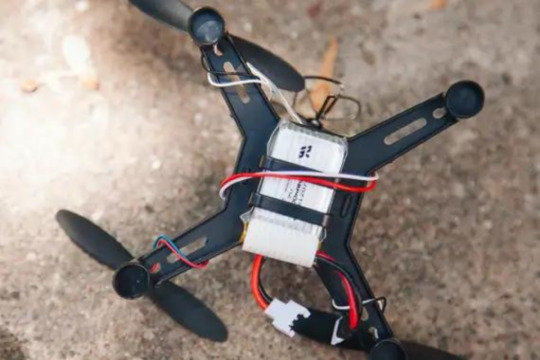
Weather Sensitivity: Unfavourable weather conditions, including as strong winds, persistent rain, and extremely high temperatures, may limit a drone’s ability to fly safely and effectively.
Maintenance and Repairs: Drones need regular upkeep, and any problems could call for expensive fixes. Delays and higher costs could result from this.
Complex Operation: Although drones are becoming easier to handle, they still need a certain amount of expertise to operate properly. It could be challenging for beginners to operate and fly a drone.
Conclusion:
In conclusion, autonomous aerial vehicles, or drones as they are more popularly known, have proven to be adaptable instruments with a broad range of uses and the capacity to completely alter several sectors. AAVs provide clear and compelling advantages in terms of cost-effectiveness, time efficiency, safety, and environmental benefits. These gadgets have the potential to completely transform a variety of industries, including emergency response, surveillance, infrastructure inspection, and agriculture.
Autonomous aerial vehicles do have certain limitations and difficulties, nevertheless. Consideration and appropriate use are required due to operational constraints, safety concerns, privacy difficulties, and regulatory complications.
The success of AAVs in the future hinges on finding a sensible middle ground between overcoming these challenges and realizing their full potential. Our lives will continue to involve drones more and more as laws and technology advance. Emphasizing education, moral behavior, and responsible governance is essential to maximizing the benefits that autonomous aerial vehicles (AAVs) have to offer. Drones can be truly revolutionary tools if used properly, improving productivity, security, and our capacity to see and engage with the world from novel angles.
#Hybridvehicle#Motorcontrol#Powertrains#Vehiclecontrolunit#VCU#EVSoftwareservices#CANKeypads#CANDisplays
0 notes
Text
Okay so here me out …..
Max told Daniel at monza 22’ that if he got him at the start he’d sit back and defend his position (we won’t go into what happened)
BUT but what if, we dare to dream a lil here ric nation. If redbull decide to part ways with checo after 24’ and give Daniel his seat and if max is still there 😏😏😏😏
Daniel Ricciardo drivers world champion 2025 🍯🦡🏎️
(If redbull obv are still dominating in 25 obviiii)
Thank you for coming to my Ted talk

#daniel ricciardo#max verstappen#sergio perez#drivers world champion#f1 imagine#f1 2023#f1 crack#ted talks#Charlie day#iasip charlie#tumblr memes#dr3 x reader#dr3#danny ric#enjoy the butterflies#red bull powertrains#redbull racing#christian horner#Bobby ric#ric Bobby#Scottie#formula one#f1blr#f1 edit#alpha tauri
55 notes
·
View notes
Text






I just realized how much chestappen videos and photos I have, I will dearly miss them. He was the best teammate I think the team can ask for and us the fans. He did so many things to help the team succeed. Thank you, checo, for everything you have done.
#f1#formula 1#formula one#max verstappen#red bull f1#red bull honda#red bull racing#red bull team#red bull powertrains#checo perez#sergio perez#sergio checo pérez#sergio pérez#chestappen#perstappen#redbull honda#redbull racing#red bull formula one#red bull formula 1
163 notes
·
View notes
Text




Not luck, just talent🦁
#f1#formula 1#formula one#red bull racing#red bull#max verstappen#redbull racing#red bull f1#red bull honda#red bull team#redbull f1#redbull honda#red bull formula 1#red bull formula one#red bull powertrains#brazilian grand prix 2024#brazilian gp 2024#brazilian gp#brazilian grand prix
119 notes
·
View notes
Text
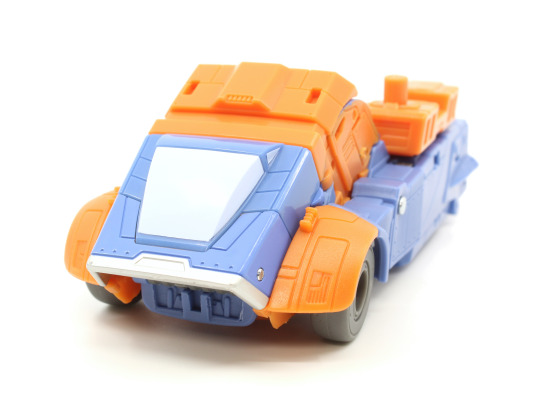

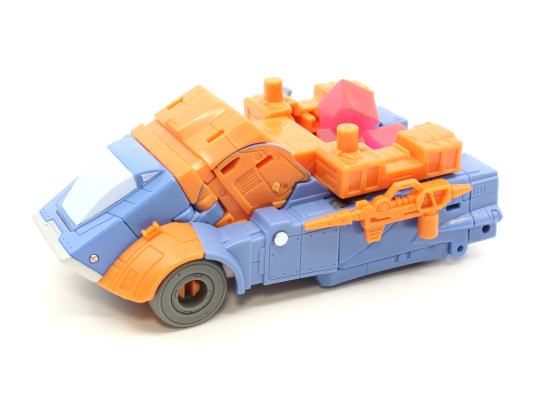
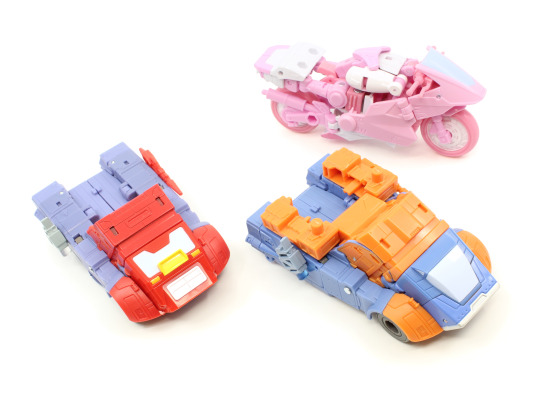
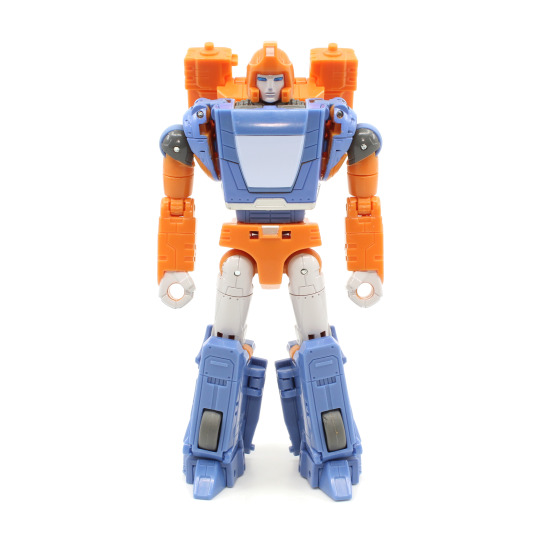
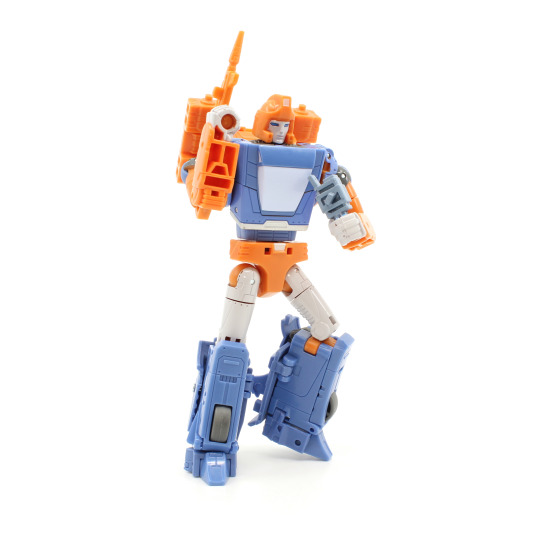
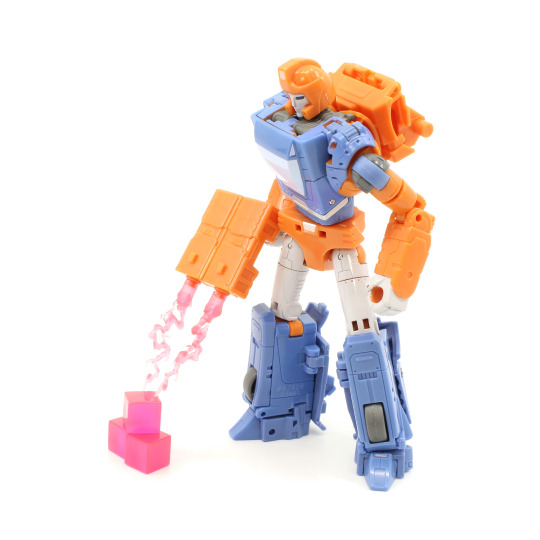

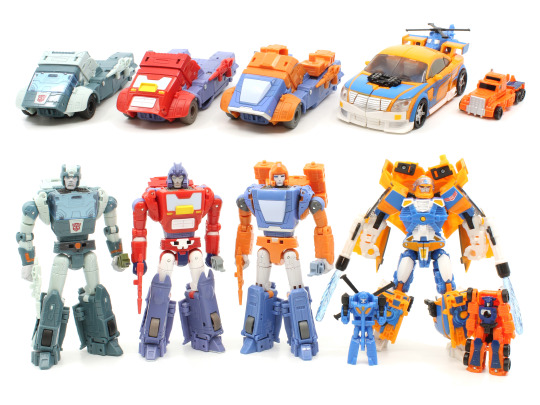
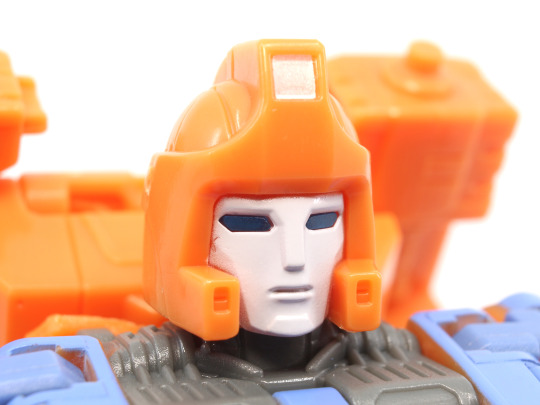
LEGACY EVOLUTION War Dawn: Doin
Can he get a do-over?
More like this:
Timelines Dion
Legacy A Hero is Born Orion Pax
Siege Micromaster Off Road Patrol: Highjump and Powertrain
40 notes
·
View notes
Text
Weekly output: Qualcomm's connected-home vision, BMW's Panoramic iDrive, Zoox's robotaxis, Delta at the Sphere, Better Offline, Red Bull Ford Powertrains
This would have been a long week with CES alone, but nine hours after my flight back from Vegas touched down at Dulles I was on my way into D.C. for ShmooCon. How could I not? I’ve learned an enormous amount since I first covered that security conference in 2019–and this weekend’s edition was the con’s final go-round. 1/6/2025: Qualcomm’s Smart Home Vision Includes TVs That Read Your ‘Emotional…

View On WordPress
#Amazon#BMW#ces#connected home#Delta#DL#Ed Zitron#F1#Ford Red Bull Powertrains#Formula 1#iDrive#Las Vegas#Neue Klasse#Oracle#Qualcomm#Red Bull Ford#robotaxi#smart home#Sphere#Vegas#Zoox
2 notes
·
View notes
Text
Max got 12 poles in 2023 the most competitive qualifying season in the hybrid era
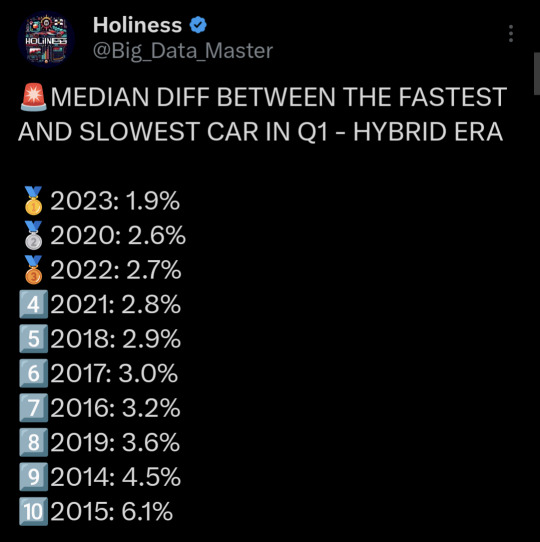
Which is the 4th most poles (he's tied with lewis) by a driver in a season
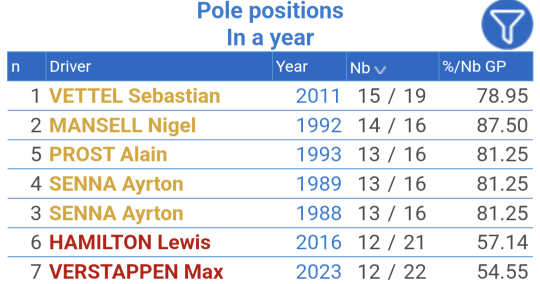
#stop disrespecting his one lap speed 🤨#i hope redbull at least bulid a quali car in the next regs when they fk up their powertrain#max verstappen
10 notes
·
View notes
